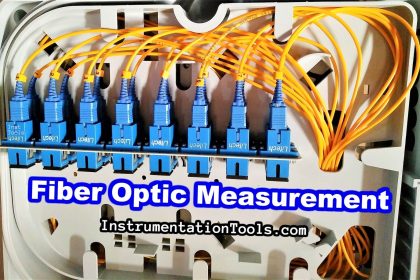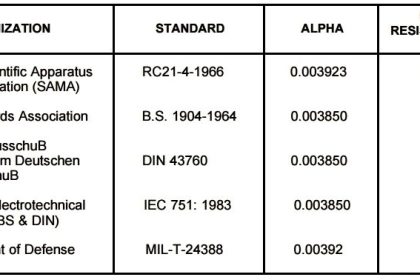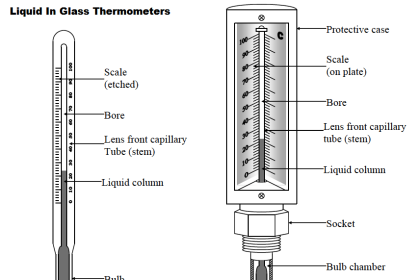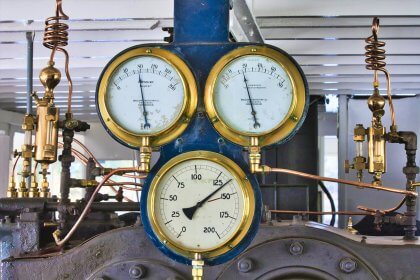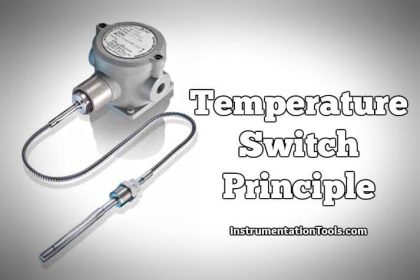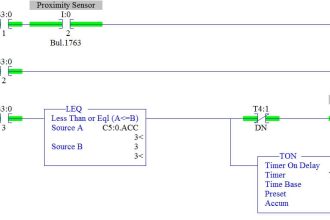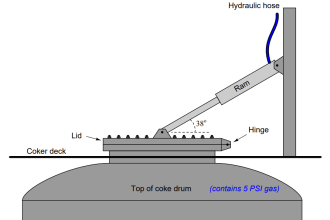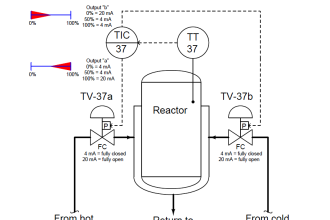Test your knowledge of basic temperature sensors with this MCQ questions and answers on types, working principles, and advantages.
Basic Temperature Sensors MCQ
This detailed video provides the temperature sensors multiple choice questions and answers with explanations.
Question 1
Which temperature sensor works by measuring the change in electrical resistance of a material?
A. Thermocouple
B. Thermistor
C. Infrared Sensor
D. Pyrometer
Show the Answer
Thermistor
Question 2
How does a thermocouple generate a voltage?
A. By changing resistance
B. By varying capacitance
C. By generating infrared radiation
D. By the Seebeck effect
Show the Answer
By the Seebeck effect
Question 3
What is the principle behind the operation of an RTD?
B. Change in inductance
C. Change in resistance
D. Emission of infrared radiation
Show the Answer
Change in resistance
Question 4
What type of sensor uses two metals with different coefficients of expansion to measure temperature?
A. Pyrometer
B. Bimetallic Strip
C. RTD
D. Thermistor
Show the Answer
Bimetallic Strip
Question 5
Which type of temperature sensor provides rapid response to temperature changes?
A. RTD
B. Thermistor
C. Thermocouple
D. Infrared Sensor
Show the Answer
Thermocouple
Question 6
How does a thermistor’s resistance typically change with temperature?
A. Increases linearly
B. Decreases linearly
C. Increases exponentially
D. Decreases exponentially
Show the Answer
Decreases exponentially
Question 7
Which sensor can measure temperature without physical contact?
A. Thermistor
B. RTD
C. Infrared Sensor
Show the Answer
Infrared Sensor
Question 8
What is a primary disadvantage of using thermocouples for temperature measurement?
A. High cost
B. Limited temperature range
C. Low sensitivity
D. Complex circuitry
Show the Answer
Low sensitivity
Question 9
Which temperature sensor type uses a liquid-in-glass mechanism for temperature measurement?
A. Thermocouple
B. RTD
C. Mercury Thermometer
D. Thermistor
Show the Answer
Mercury Thermometer
Question 10
How does a bimetallic strip temperature sensor work?
A. By generating a voltage
B. By changing capacitance
C. By bending due to expansion
D. By changing resistance
Show the Answer
By bending due to expansion
Question 11
What is a common use for thermistors in electronic circuits?
A. Voltage regulation
B. Temperature compensation
C. Signal amplification
D. Power conversion
Show the Answer
Temperature compensation
Question 12
How does a thermocouple measure temperature?
A. By changing resistance
B. By generating a voltage
C. By varying capacitance
D. By changing inductance
Show the Answer
By generating a voltage
Question 13
Which temperature sensor is often used for non-contact temperature measurements in industrial settings?
A. RTD
B. Thermistor
C. Infrared Sensor
D. Thermocouple
Show the Answer
Infrared Sensor
Question 14
What material is commonly used in RTD elements?
A. Silicon
B. Platinum
C. Nickel
D. Copper
Show the Answer
Platinum
Question 15
What is the main reason RTDs are preferred in industrial applications?
A. Low cost
B. High durability
C. Fast response time
D. High accuracy
Show the Answer
High accuracy
Question 16
Which type of temperature sensor is commonly used in thermostats for household heating systems?
A. Thermocouple
B. RTD
C. Thermistor
D. Infrared Sensor
Show the Answer
Thermistor
Question 17
How does the accuracy of thermocouples compare to RTDs and thermistors?
A. More accurate
B. Less accurate
C. Equally accurate
D. Varies with temperature
Show the Answer
Less accurate
Question 18
Which property of infrared radiation is utilized by infrared temperature sensors?
A. Emission of visible light
B. Absorption by liquids
C. Reflection by metals
D. Emission by all objects
Show the Answer
Emission by all objects
Question 19
What is a key advantage of RTDs over thermocouples?
A. Higher temperature range
B. Greater durability
C. Better linearity
D. Faster response time
Show the Answer
Better linearity
Question 20
How do fiber optic temperature sensors measure temperature?
A. By changing light intensity
B. By changing electrical resistance
C. By bending with temperature
D. By emitting infrared radiation
Show the Answer
By changing light intensity
Question 21
Why are thermocouples commonly used in gas turbine engines?
A. High accuracy
B. Fast response and wide range
C. Low cost
D. Easy calibration
Show the Answer
Fast response and wide range
Question 22
How do infrared temperature sensors measure temperature?
A. By touching the object
B. By detecting visible light
C. By measuring emitted infrared radiation
D. By changing resistance
Show the Answer
By measuring emitted infrared radiation
Question 23
How do thermocouples typically handle very high temperature environments?
A. By cooling the sensor
B. By using protective coatings
C. By selecting specific metal combinations
D. By increasing resistance
Show the Answer
By selecting specific metal combinations
Read Next:
- Temperature Sensor Failure
- Temperature Sensor Accessories
- Bi-metal Temperature Sensors
- Filled-bulb Temperature Sensors
- Temperature Sensor calibration
